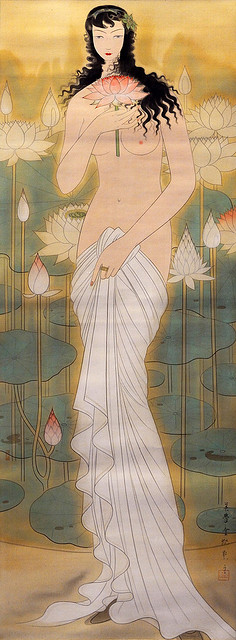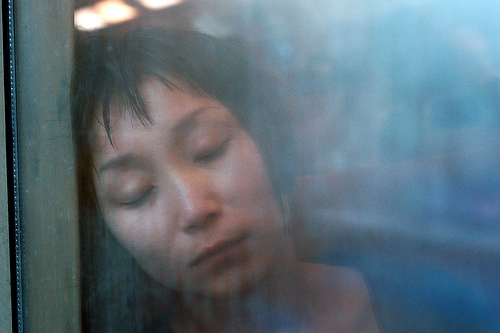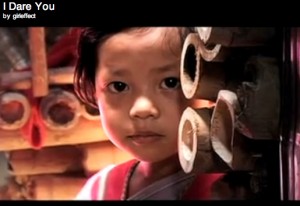
…equality is not a concept. It’s not something we should be striving for. It’s a necessity. Equality is like gravity, we need it to stand on this earth as men & women, & the misogyny that is in every culture is not a true part of the human condition. It is life out of balance & that imbalance is sucking something out of the soul of every man & women who’s confronted with it. ~ Joss Whedon
Last night I wrote quite a bit, following a fair amount of time online supporting other Girl Effect bloggers by reading their posts, commenting when a comment wanted to be written, and re-tweeting the posts so others would know about the campaign that is a beautiful groundswell of action.
As I think back over everything I’ve read in the past few days, all of it written by people moved deeply by the Girl Effect videos, a few passages come to mind. So I return to these passages to re-read them, and soak them up again.
The Cultural Aspect
One of these passages is in a post by Marianne Elliot, her second Girl Effect post. In this post, Marianne turns to look at this question from a fellow blogger, Carol:
“How is the cultural aspect/conflict reconciled? In the sense that a particular culture (or maybe just that particular child’s family dynamics) may demand that the young girl marry and have children by a certain age. How does one seek to reconcile the desire to educate young girls with the demands that are placed upon her by external factors?â€
To work with the question, Marianne draws upon her time spent in developing countries. She shares these insights:
In 2003, a survey of 1500 Afghans identified access to education and health as the second most important human rights, after the right to security.
But how did they feel about education for their daughters? Well, there were a wide range of different views expressed ranging from a father frustrated that there was no suitable school for his daughters to attend, to parents who couldn’t afford to educate all their children and chose to educate their sons first.
…
Three years after this survey was carried out I ended up working in Badghis province, as it happens. There I met many girls, and their parents, and heard an increasing call for appropriate, accessible education opportunities for girls.
Most parents I met were more than willing to have their daughter educated if: she didn’t have to travel long distances in unsafe territory to get to school; the cost of education was within the family means; and the teachers were well-trained.
As far as I understood it, it wasn’t that ‘not educating girls’ was a deeply held cultural value, it was that there were more social, economic and environmental barriers between a girl and her education than there were between a boy and his education. Remove or reduce those barriers and many parent would be thrilled to educate their daughters.
These words of Marianne’s reverberate through me.
Barriers.
Societal, cultural and environmental barriers.
Choice and desire.
For awhile, I sit with these words. I sit with the ideas of the Girl Effect, with Carol’s question, with the thought that parents might not want the Girl Effect. And I wonder about it all. How we humans see things so differently?
Parent-To-Parent
And then the mother in me, a parent of two grown daughters, a grandparent of three (and one on the way) wonders about these parents, what they must face, the decisions they have to hold, the things they must weigh.
I think of these parents who want to know their daughters will be safe if they attend school. I wonder what it is like to be them. I wonder the decisions I would make if I were a parent now in these developing countries. I wouldn’t have the same perspective, for I wouldn’t have been exposed to the same things, I wouldn’t have grown up with the same beliefs instilled in me. My hopes and dreams for my children might be the same, they might be different. I realize, I can’t know.
And it hits me how similar we all are, in so many ways. Sometimes, I see the differences more clearly. Much of our current day culture and media seems to highlight the differences between people, pointing out things in the way of comparisons, most of the time picking a good side and a bad side.
Same, Same
As I sit in the swirl, I don’t see that here. I see sameness. Same, same. Then it hits me, again, for the zillionth time (sometimes it takes quite a few) how utterly connected we all are, even when we seem to see things differently. And in this connection, I realize that at a deep, basic level, no human being wants to deny girls and women the same rights accorded to boys and men. I don’t feel that any parent consciously wants to deny their children rights, not at the most fundamental level. I just don’t see that. It doesn’t feel true to me.
What I do see is that these barriers that Marianne speaks of stem from cultural beliefs, patterns and systems that keep us all locked up in a hierarchical worldview where some are considered more valuable and deserving than others – many times being men over women, and boys over girls, where inequality rather than equality is the order of the day.
It is not only in developing countries where this inequality is rampant, but right here in our country. I remember Joss’ quote and find it so I can sit with it. When I first heard him say these words, I was taken by the passion in his voice.
So I sit with this wondering of what misogyny has done to our world, how out of balance we are, both internally and externally, and how much my soul feels the anguish of this imbalance. His words seem to speak directly to my experience of feeling as if something so rich, so lovely, so radiant is missing in our world.
I Dare You
I remember another Girl Effect video that caused my heart to break, and I go back to it to watch it again, one more time.
I watch the video again, looking at each girl with fresh eyes, really looking and listening.
I take in the words, “I dare you to look at me and see only a statistic, someone you’ll never meet, a tragedy, a commodity, a child bride.”
I hear the words, “I dare you to look at me as more than a poster for your cause, a promise you won’t keep.”
I breathe in the words, “I dare you to look at me without pity, fatigue, dismissal.”
I open my heart to the words, “I dare you to rethink what it means to look at a girl – not a burden, not an object, but the answer.”
Each face looks at me directly, while the words ask me to look, really look with eyes and a heart that want to see, not eyes and a mind that think they already know.
It’s as if the narrator really knows how unconscious human beings can be, how easy it is for our minds to scan images and take stock of them in a split second, coming away with quick assumptions that satisfy us so we can move on.
Can I really watch these images, with an open heart that is willing to feel whatever arises as these eyes stare back, not asking for pity, but asking instead to truly be seen as an intelligent being with capabilities not recognized, with the desire to be a part of the answer rather than simply an object, a commodity or a problem to be solved?
Can I ask myself, “How do I contribute to the current situation?” and can I sit with myself and be with the truth of the answer?
It Is A Structure, It Is Not Men.
I feel the pain inside me, the pain that comes from having been conditioned in a society that is misogynistic at its core and that also knows misandry as well. I feel this pain while at the same time knowing that this misogyny isn’t a natural tendency of the human condition.
Misogyny is at the heart of patriarchy, and patriarchy is a hierarchy where men are on top, women are next, children are below them, and the rest of life, including animals and the earth bring up the rear. It is a structure where the masculine is valued and honored over the feminine in both genders, as well as in our education, economic, political…in short all of our systems.
It is a structure, it is not men.
::
Hardened Hearts
My thoughts go back to another powerful Girl Effect piece by Matthew Stillman in which he writes:
Women are tough and can handle all sorts of adverse situations. But I have seen when a girl has had to harden herself to manage an intense new space. That often turns into a hardened woman who can play business in the big leagues with the best of them. How many girls have been sacrificed on the altar of progress? Women who have compromised their very feminine nature so they can get along. More often than not we end up losing what is best about girls and women just so they can operate in a hostile world with an economic system antithetical to human values. We need to have a place for feminine values – in women and in men as well.
Matthew brilliantly points out that the systems in place cause girls and women to have to harden themselves to survive.
I would say we have ALL (men and women, boys and girls) learned to harden ourselves in this intense, hostile world with systems that are ‘antithetical to human values’. Our softer sides, the soft animal belly that Mary Oliver wrote of, has been buried someplace so deep inside that we can watch the video above, hear the words spoken, take in the images and still not allow ourselves to feel just how much has been sucked out of our own souls by the imbalance and inequalities in the world, and within our own beings.
I wonder about fathers and how they feel deep in their hearts about their daughters and how the world dismisses girls. What does this do to a man?
I know in myself, there is a genuine deep desire to be of service to the world, to do something about what I see and hear in these Girl Effect videos, and in the oodles of pages of facts and resources. And, I know I must also go deeper into my own heart, deeper in to the places where I’ve hardened myself so I can feel what I see rather than simply thinking I know what I am seeing.
Yes, there are substantial things we need to do out there in this world that are necessary to the survival of the human race. The Girl Effect is about unleashing the vast potential of the feminine in girls, a potential that is at the heart of the sacred feminine within them. And, at the same time, can we sit for a moment and feel first? Can we feel into how what we are watching has affected the soul, the heart?
Can we be open to see and acknowledge what we’ve turned away from within ourselves in order to exist in a culture that engenders such hardened hearts? Can we feel the void of compassion, empathy, love, tenderness, and deep soulful caring so that we can begin to feel these things within ourselves? When we see them in ourselves, can we open to them in others?
Deep within each of us is a place that yearns for life to be free to honor itself, to express itself, to know itself fully.
What if we have a revolution of tenderness? A tenderness so strong, so resourceful, so unwilling to turn away form the reality in front of us, a tenderness that breeds willingness, succor and sustenance for a world thirsty and hungry for such?
::
This post is part of The Girl Effect Blogging Campaign, created by Tara Mohr. Come check out other wonderful posts and even sign-up to post yourself!
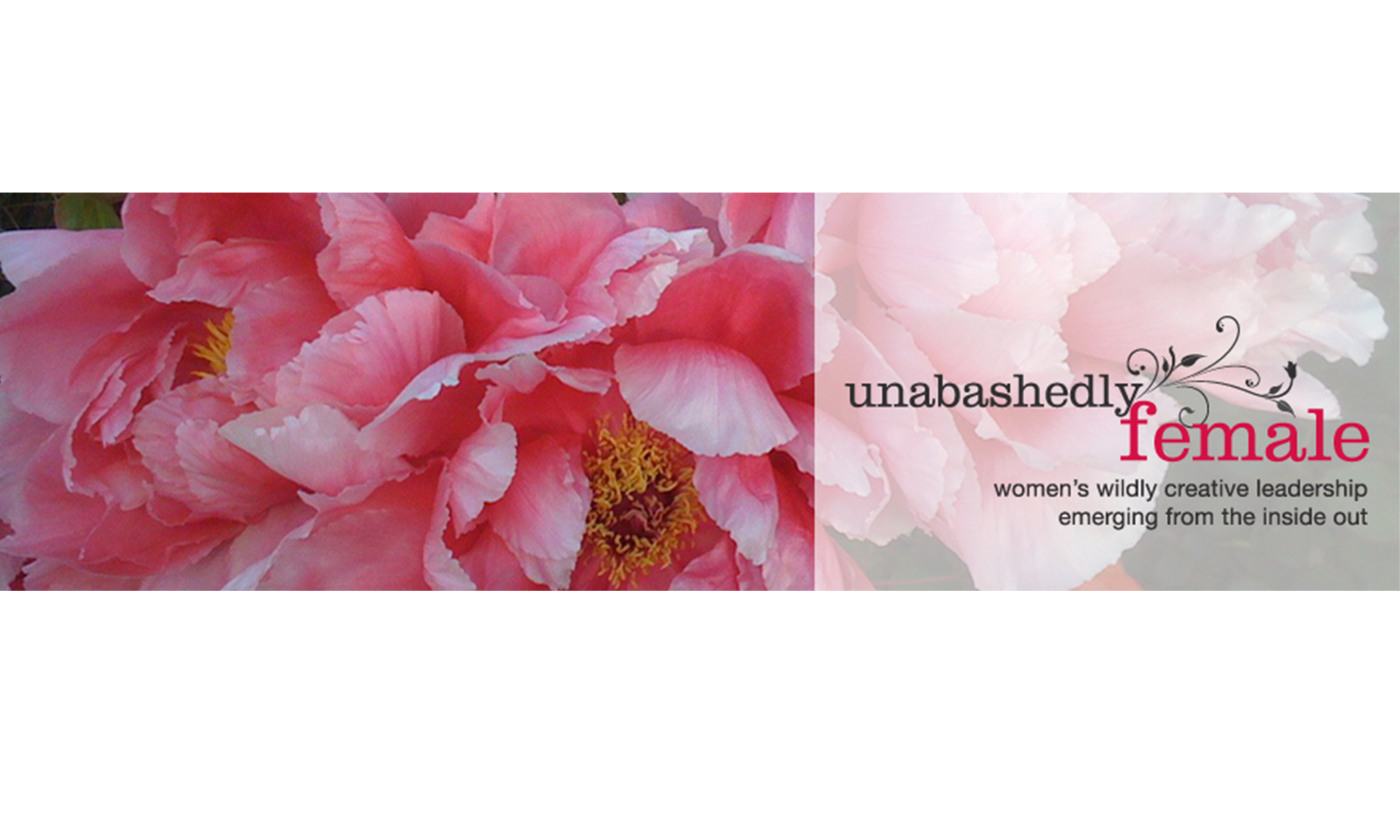
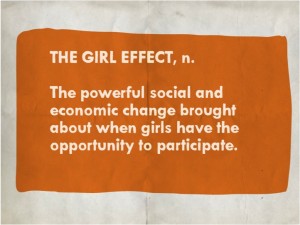
 Girls know they’re facing discrimination and injustice. They have dreams and hopes for their lives just like boys. They see the inequities.
Girls know they’re facing discrimination and injustice. They have dreams and hopes for their lives just like boys. They see the inequities.
